Construction Delay Letter Template for Clear Communication
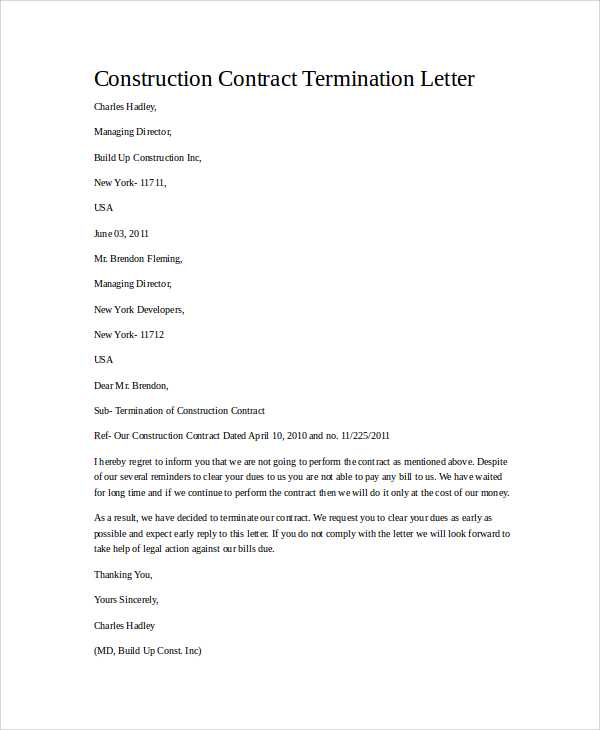
In any major building or renovation project, unforeseen events can sometimes lead to significant setbacks. When this happens, it’s essential to inform all stakeholders promptly and professionally, ensuring that they are kept up to date on the new timelines and progress. Clear and concise communication can help avoid misunderstandings and protect the reputation of the parties involved.
One of the most effective ways to handle these situations is through written correspondence that formally addresses the issue and outlines the necessary details. This approach allows everyone to be on the same page and provides a reference for future discussions. A well-structured communication can outline the cause of the hold-up, the steps taken to resolve it, and any adjustments to the original schedule.
While the specifics of the message may vary depending on the situation, following a standardized format can make the process easier and ensure that important information is not overlooked. The key is to maintain a professional tone, provide adequate explanations, and keep the content focused on what needs to be done moving forward.
Importance of Project Setbacks
When a project faces interruptions, whether due to external factors or unforeseen issues, it’s crucial to address the situation promptly. These pauses can have significant impacts on both the timeline and the budget, so acknowledging and managing them effectively is vital. Clear communication not only keeps all involved parties informed but also helps to mitigate risks and minimize confusion.
Why Timely Updates Matter
Failure to inform stakeholders about delays can lead to misunderstandings, poor decision-making, and even legal disputes. Regular updates ensure that all parties have realistic expectations, reducing frustration and uncertainty. Here are some reasons why addressing setbacks is crucial:
- Transparency: Open communication promotes trust and fosters collaboration.
- Budget Control: Adjusting timelines can help manage costs and avoid unexpected financial strain.
- Stakeholder Alignment: Keeping everyone on the same page ensures that the project moves forward smoothly when possible.
Mitigating Long-Term Impact
While interruptions are often inevitable, how they are handled can make all the difference in the project’s success. By documenting the situation and outlining corrective actions, teams can better manage expectations and minimize negative consequences. This proactive approach helps maintain a positive working environment and keeps the project moving toward completion.
How to Draft a Notification for Setbacks
When unexpected interruptions occur in a project, it’s essential to inform relevant parties promptly and clearly. A well-crafted communication ensures that all stakeholders understand the situation and any adjustments needed. This formal notice should provide critical information, explain the cause, and outline the next steps to minimize confusion and maintain transparency.
Key Components to Include
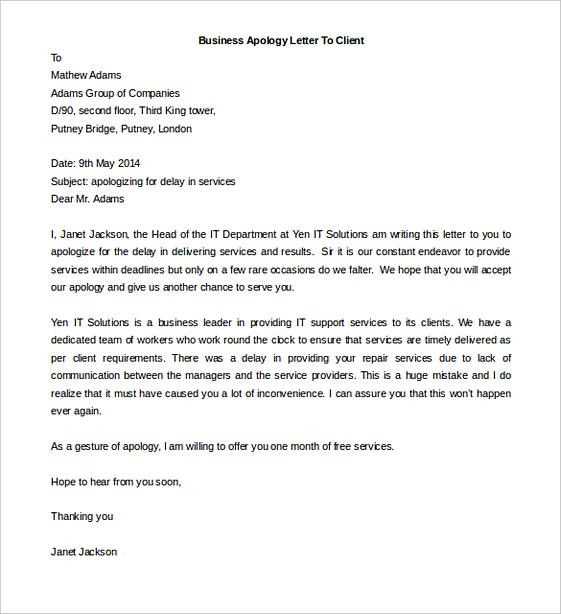
To create an effective notice, there are several important elements to consider:
- Opening Statement: Begin with a clear declaration of the issue and its impact on the timeline.
- Reason for the Issue: Briefly describe the cause, whether it’s related to supply chain disruptions, weather, or other external factors.
- Revised Plan: Include new timelines or adjustments that have been made in response to the situation.
- Future Actions: Outline steps to resolve the issue and prevent further setbacks.
Ensuring a Professional Tone
It’s crucial to maintain a professional and constructive tone throughout the message. Even if the circumstances are frustrating, the focus should be on providing solutions and keeping the project on track. A polite, concise communication fosters positive relationships and shows that the project team is working diligently to overcome the challenge.
Key Components of a Setback Notification
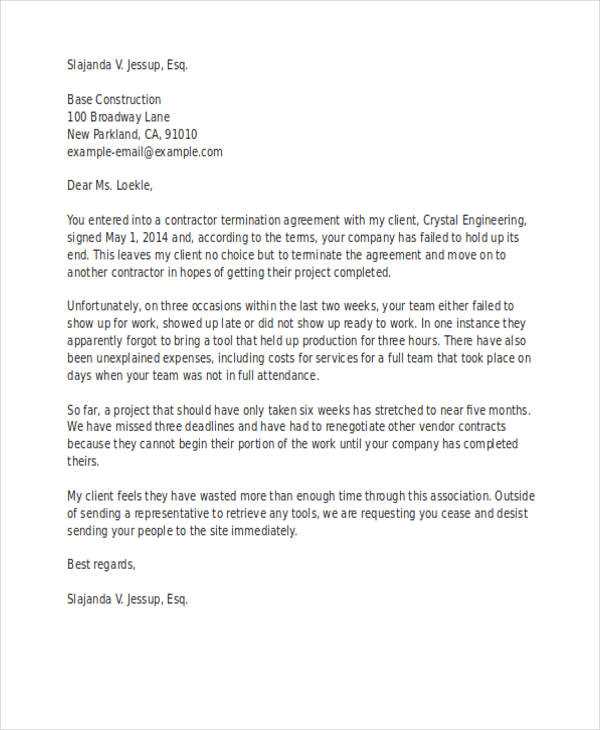
When informing stakeholders about an interruption in a project, it’s important to structure the communication effectively. Including the right details helps ensure that all parties understand the cause, the impact, and the steps being taken to resolve the issue. A clear and organized message will provide the necessary information to keep the project on track and maintain positive working relationships.
Essential Elements to Include
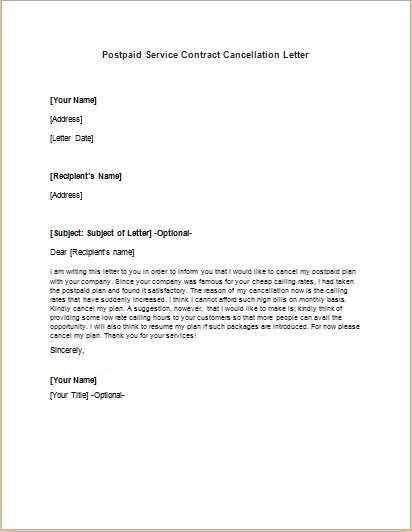
Every notification should contain several key sections to ensure completeness and clarity:
- Introduction: Start by clearly stating the purpose of the communication and the nature of the issue.
- Reason for the Disruption: Briefly explain the cause of the hold-up, whether it’s due to external factors or internal challenges.
- Impact on the Timeline: Describe how the interruption affects the overall project schedule and any changes that will need to be made.
- Next Steps: Outline the corrective actions being taken to resolve the issue and prevent further interruptions.
- Closing Statement: Reaffirm the commitment to completing the project and maintaining communication throughout the process.
Maintaining Clarity and Professionalism
While it’s important to provide all necessary information, the tone and clarity of the message matter just as much. The communication should be direct, factual, and respectful. Keeping the content concise and focused ensures that the message is well-received, reducing the chance for confusion or frustration.
Common Causes of Project Setbacks

Several factors can cause a project to experience interruptions, affecting both its progress and its budget. Understanding these common issues is essential for planning and managing risks effectively. By anticipating potential setbacks, project managers can implement strategies to minimize disruptions and keep operations running smoothly.
| Cause | Description |
|---|---|
| Weather Conditions | Extreme weather events, such as storms or heavy rainfall, can halt work on outdoor tasks and cause delays in the schedule. |
| Supply Chain Disruptions | Delays in receiving materials or equipment can stall progress, especially if specific items are required for certain tasks. |
| Labor Shortages | Unavailability of skilled workers or labor strikes can lead to delays in completing tasks on time. |
| Design Changes | Modifications in project plans or design after work has already begun can require additional time for adjustments or approvals. |
| Unforeseen Site Conditions | Discovering unexpected issues on-site, such as underground problems or structural weaknesses, can delay work until they are resolved. |
Recognizing these factors and addressing them proactively allows project teams to respond swiftly and minimize the negative impact on the overall timeline.
Legal Considerations in Setback Notifications
When addressing interruptions in a project, it’s essential to understand the legal implications of the communication. Informing stakeholders about delays requires careful attention to ensure that the message is compliant with contract terms and avoids potential disputes. A well-structured notice can help protect the interests of all parties involved and ensure that proper legal procedures are followed.
Contractual Obligations
Most contracts include specific clauses outlining the protocol for informing about disruptions. These terms often specify the time frame within which notice must be provided and the acceptable forms of communication. Failing to adhere to these terms may result in breaches of contract and potential penalties. It is crucial to review the agreement thoroughly to ensure compliance.
Protecting Rights and Responsibilities
Proper documentation of setbacks serves as a safeguard for both parties. It ensures that any changes to the project timeline are officially recognized and that both the party responsible for the hold-up and the affected stakeholders are aware of their rights and duties moving forward. Clear and precise communication can help avoid legal disputes and provide a clear record for future reference.
Effective Methods for Communicating Setbacks
When a project faces an interruption, it’s essential to use the most efficient and professional methods to inform all parties involved. Proper communication helps maintain transparency, reduces confusion, and ensures that everyone is aligned on the new developments. The right approach can help mitigate negative impacts and preserve positive working relationships.
Clear and Timely Notifications
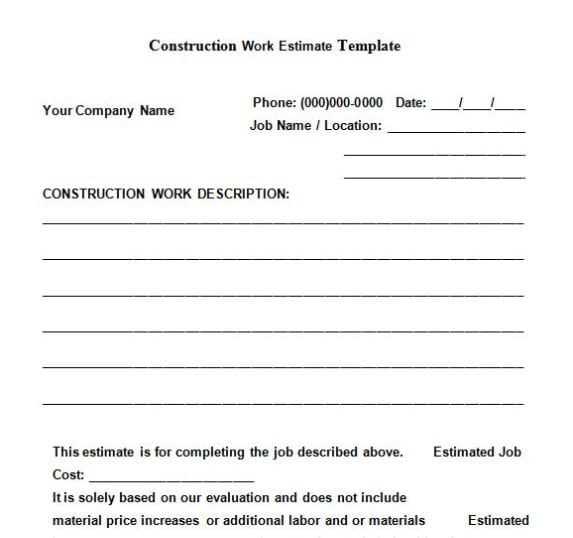
Sending clear, timely updates is the foundation of effective communication. Notifications should be delivered as soon as possible after an issue arises, ensuring stakeholders have enough time to adjust their plans. The message should be direct and precise, including all relevant details, such as the reason for the setback and any changes to the project schedule.
Utilizing Multiple Channels
It’s important to choose the right communication channels to reach all relevant individuals. Depending on the nature of the project and the stakeholders involved, this may include email, phone calls, or formal meetings. Using multiple platforms ensures that everyone receives the information in a timely manner and in a format they can easily access.